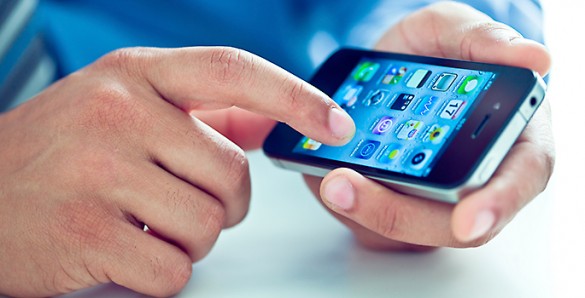
According to a number of economic studies, somewhere between one-quarter and one-third of our current economy is based on technologies that didn’t exist 50 years ago: They are the end products of basic scientific and engineering research.
It’s hard to wrap your mind around a statistic like that. So five years ago, the Association of American Universities launched a program to come up with some simple graphics that illustrate the ways in which federal funding of basic research, most of which takes place in American universities, have benefited all of us and contributed to the economy.

Last week the AAU released their latest graphic which looks at the research that made the smartphone possible. The graphic points out that the smartphone’s touchscreen, its multicore processor, its memory, navigation system and high-capacity batteries are all the products of university research.
Previous graphics have taken a similar look at the iPad; semiconductor technology, which is the basis for the entire microelectronics industry; the automobile, which spotlights catalytic converters, extended life tires, shatterproof windshields and airbag deployment sensors; how research has helped stock the medicine cabinet; and one of my favorites: how research has helped equip American troops in combat.
So far AAU has made 14 of these graphics. Individually, they are effective reminders of the concrete ways that science and technology are affecting our lives. Taken collectively, they show just how profound science and technology have transformed our entire society.
If we aren’t reminded of this from time to time, we begin to take it for granted. When was the last time you gave any thought to what life was like before the cell phone or the computer?